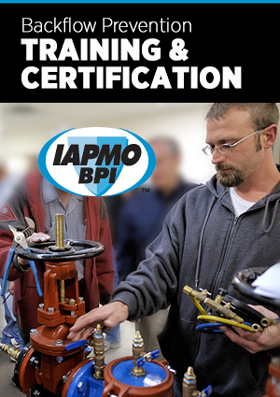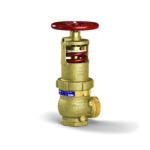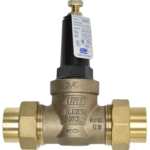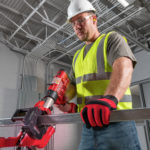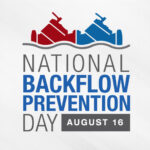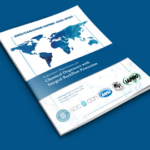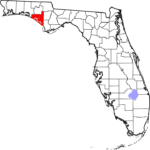The cross-connection industry is an ever changing one. New rules, new regulations, and new products are common changes that everyone needs to keep abreast of. One of the latest changes is the ASSE 1081 product standard which provides performance standards and testing procedures for pressure reducing boiler feed valves that offer protection of the potable water supply by means of an integral backflow preventer with an intermediate atmospheric vent. Devices covered by this standard are installed on the make-up water supply to non-chemically treated residential hydronic and steam boilers in plumbing systems to fill and reduce static boiler pressure under normal conditions, as well as prevent backflow into potable water supply lines when pressures fluctuate in the water system or at times when the water system loses pressure or is turned off for maintenance or repair.
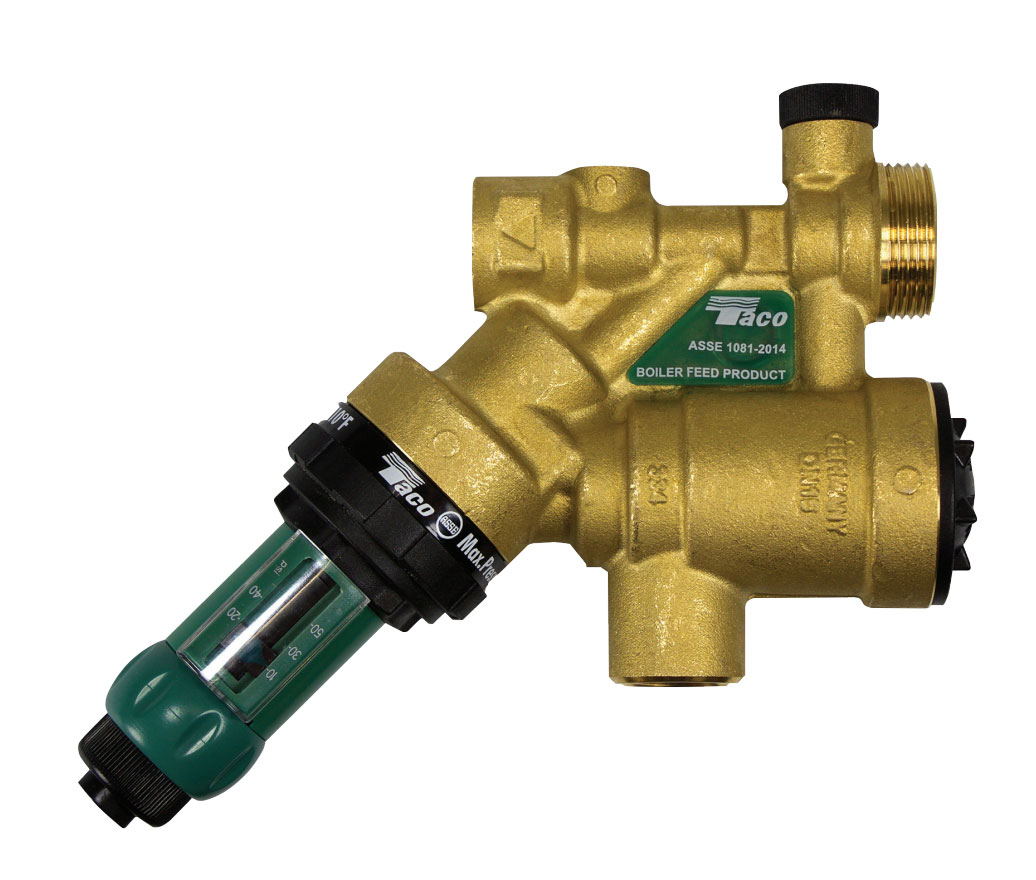
The ASSE 1081 standard is for a single valve which takes the place and services the function of both the ASSE 1003 pressure reducing valve and the ASSE 1012 backflow preventer with intermediate vent.
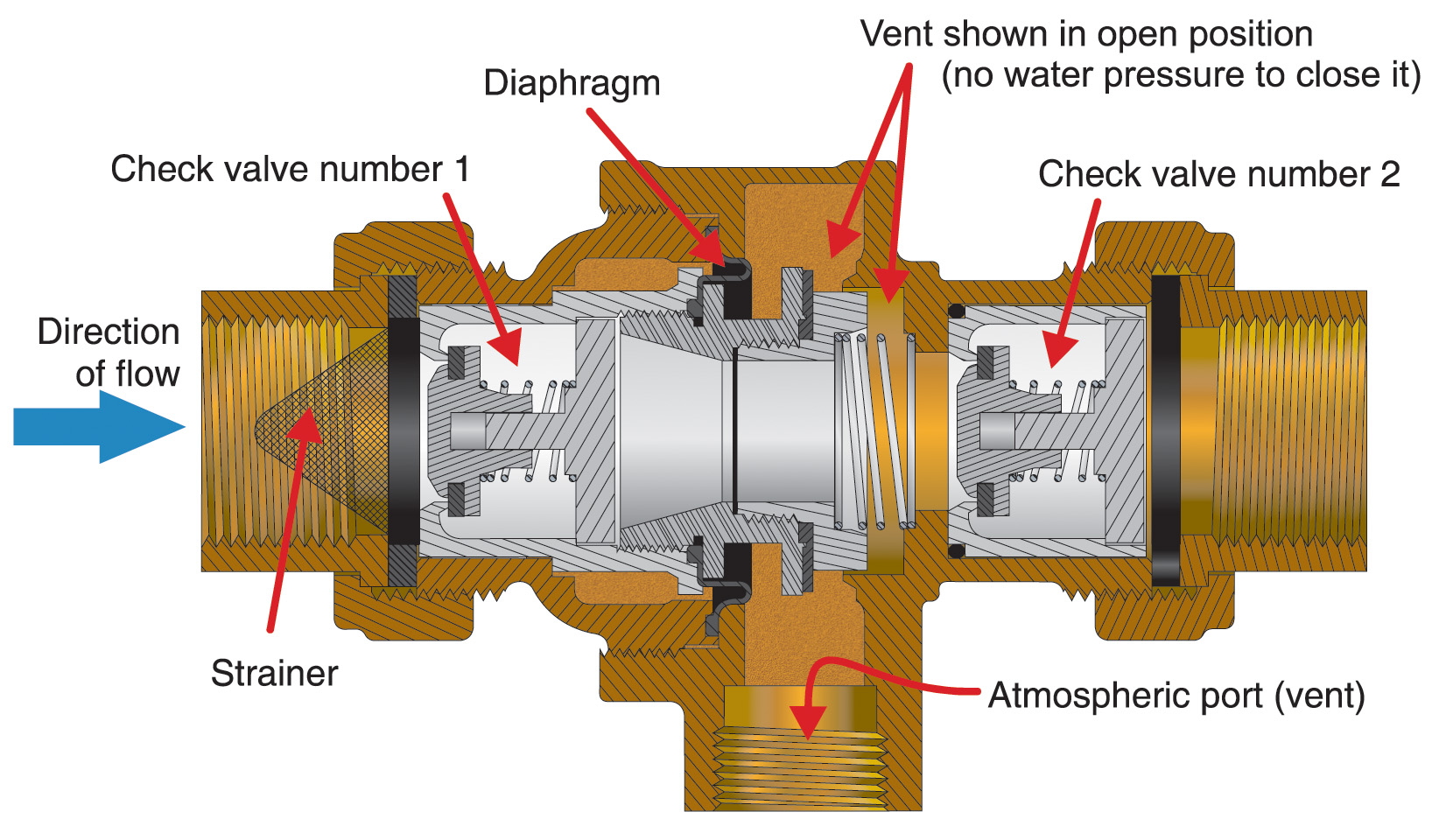
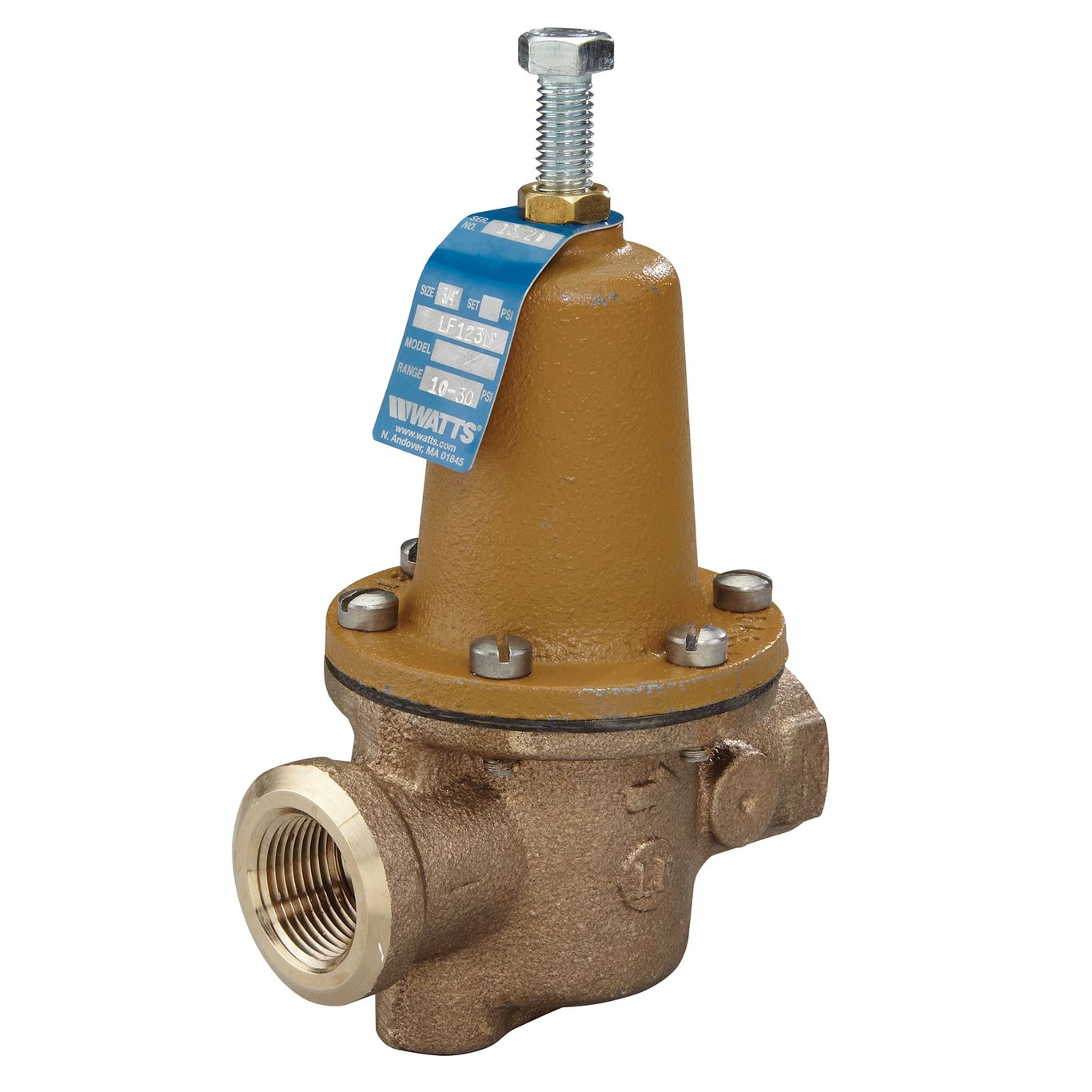
The 2021 Uniform and the 2021 International Plumbing Code updates should include these new products in the updated code cycle.
We have seen this in the past, when existing devices or assemblies have been reinvented and changed to fit the current needs of the industry. The Atmospheric Vacuum Breaker was first patented in 1910. It was the first product that ASSE wrote a product standard for in 1964. The industry saw the product had its limitations with regards to continuous pressure and began development of the Pressure Vacuum Breaker Assembly. The ASSE issued the first standard for the Pressure Vacuum Breaker Assembly, the ASSE 1020 standard in 1974. As with the atmospheric vacuum breaker the Pressure Vacuum Breaker assembly also had some issues with water spillage when installed indoor, so again the industry looked at the problem and began development of the Spill-Resistant Vacuum Breaker Assembly, which became the ASSE 1056 product standard in 1993. All of the products work on the same hydraulic principle. All three protect against low and high hazard backsiphonage. Each one also provides specific relief from the limitations in the others and becomes the correct valve for a certain type of installation.
The products the industry uses also can change or be revised over time. A recent example of that is with the ASSE 1055 standard for chemical dispensing equipment. When it was first developed it was written to cover two types of dispensers, pressurized units and non-pressurized dispensers. First developed by ASSE in 1997 this standard applied to those devices classified as chemical dispensing systems having a self-contained means of backflow protection. The devices were classified as follows, Type A: These devices have the chemicals pressurized above atmospheric pressure and Type B: These devices do not pressurize the chemicals above atmospheric pressure. The only possible source of back pressure would come from an elevated hose. No one ever built a Type A pressurized dispenser. The only ones ever built to the ASSE 1055 standard were Type B non-pressurized units. When inspectors looked at the standard, many had concerns about the possibility of pressurized dispensers and looked at them as a potential high hazard backpressure backflow issue. They then required the installation of reduced pressure principle assemblies that in truth were not needed.
 The lasted revision of the standard eliminates completely the possibility of backpressure by removing the classifications and removing the Type A sections. They have also changed the title of the standard to more closely reflect what the product is, the standard is now renamed the Chemical Dispensing System with Integral Backflow Protection. The standard makes it clear that the chemical dispenser contains the required backflow protection and that if supplied by a dedicated water supply needs no additional backflow protection.
The lasted revision of the standard eliminates completely the possibility of backpressure by removing the classifications and removing the Type A sections. They have also changed the title of the standard to more closely reflect what the product is, the standard is now renamed the Chemical Dispensing System with Integral Backflow Protection. The standard makes it clear that the chemical dispenser contains the required backflow protection and that if supplied by a dedicated water supply needs no additional backflow protection.
The industry has created a number of backflow prevention devices or assemblies for specific installations or appliances. The Laboratory Faucet Backflow Preventer, ASSE 1035 is an excellent example of this.
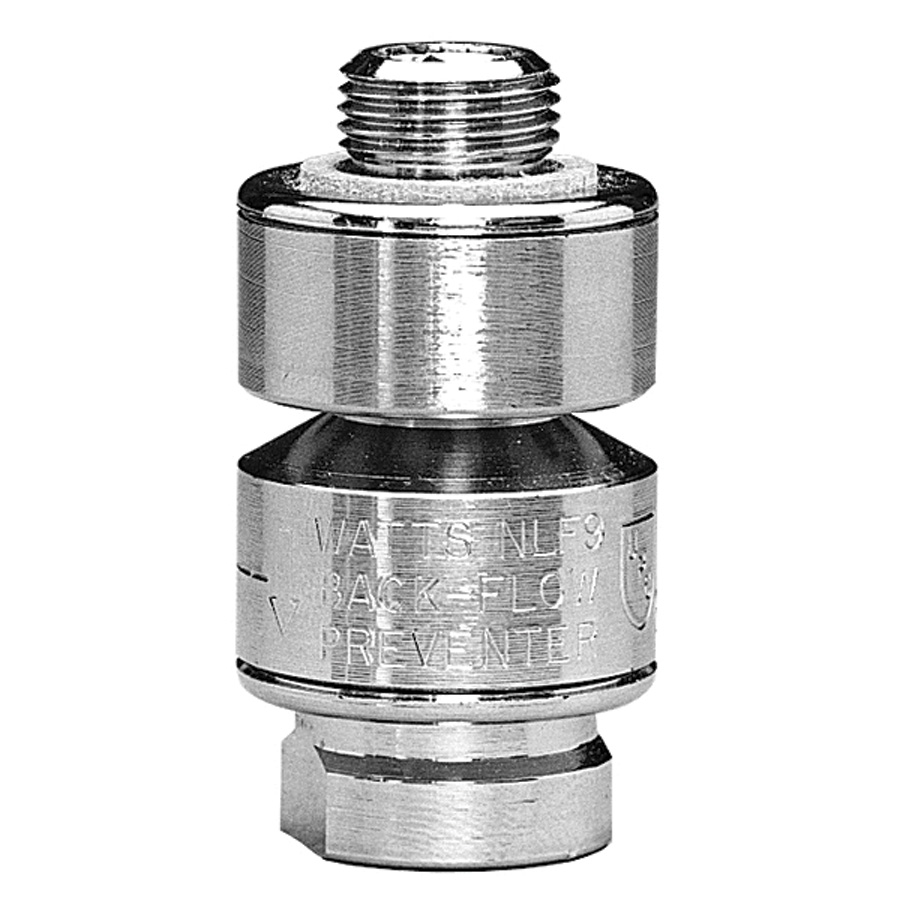
Containing two check valves and an atmospheric port it is the perfect protection in this situation. Other backflow preventers made for specific installations are not universally accepted as the required protection. The best example of this is the ASSE 1022 Backflow Preventer for Beverage Dispensing Equipment Standard. This device is engineered for installation in carbonated post-mix dispensing systems. This standard covers a backflow prevention device designed to protect the potable water supply serving beverage dispensing equipment. These devices are intended for use under continuous or intermittent pressure conditions.

Many jurisdictions and inspectors have issues with these devices and in some mandate the installation of a stainless-steel reduced pressure principle assembly which is hundreds of dollars costlier that an ASSE 1022 device. All three model codes used in the United States, the Uniform Plumbing Code, the International Plumbing Code and the National Standard Plumbing Code state that the ASSE 1022 is the proper protection for this installation. The subject has been reviewed and discussed on many occasions by all three model code bodies technical committees and have been reviewed during code hearings, so it is fair to state that there is an industry consensus that this is the correct protection. Consensus does not mean that everyone is in agreement, so in certain areas you may find amendments to the model codes mandating a higher level of protection.
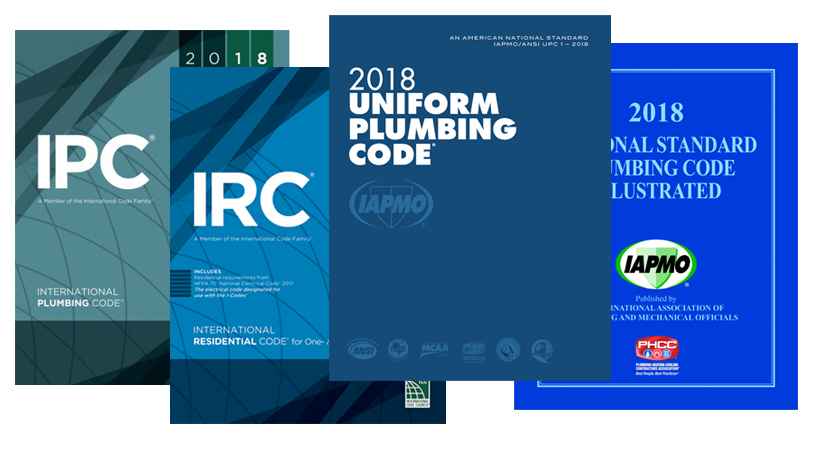
In areas of the country we do find differences of opinions in what protection is required. Most of the country and all three model plumbing codes for example consider irrigation systems to be a high hazard and require the installation of a high hazard device or assembly as the necessary protection. The State of Texas allows for low hazard Double Check Valve Assemblies to be installed as the required protection on these systems within the Lone Star State. That is why it is important to keep up to date with code changes and state and local regulations. It is also important be involved in these discussions and participate in organizations who work to promote the industry. Its also important to understand what group has jurisdiction over cross-connection control in your area. Is it the water supplier, the department of environmental protection, the county health department, the adopted plumbing code, or is it another agency?
It is important to understand that backflow protection is not a one size fits all thing. Every system should be looked at as a stand-alone unique installation. If it is a new installation or a retrofit we need to install the proper protection for the system in accordance with codes, standards and the manufacturer’s instructions. We need to understand the changes the installation will make to the hydraulics of the system and consider the effects it will have on the pressure, the volume, and on the possible thermal expansion which may occur. A backflow prevention device or assembly is one part of a larger system and we need to consider the effect it will have on that entire system.
We have come a long way in the development of cross-connection control products and in the education of both our industry and the consumers. We have seen small changes and large changes to the products we use. We see more stainless steel and plastic products now that reflect the changes from the 2014 effective date of the most recent revision of the Safe Drinking Water Act. Valves are shorter, lighter, and to be honest in most cases easier to fix the previous models. The movement from copper tubing to pex tubing in many applications is changing the way we do things. That is way it is important to stay current with the products, the regulations, and the educational opportunities available to us. The only constant we have is that things are always changing.
About the Author |
|
 |
Sean is a 40 year member of the United Association Local 524 Scranton Pa. He has worked in all phases of the plumbing and mechanical industry and is a licensed master plumber. Sean is a Past President of the American Society of Sanitary Engineering. Sean is also the member of the ASSE Cross-Connection Control, Technical Committee. Sean is employed by IAPMO as the Vice President of Operations for the IAPMO Backflow Prevention Institute. |






 29 Jun 2019
29 Jun 2019
 Posted by Sean Cleary
Posted by Sean Cleary 





